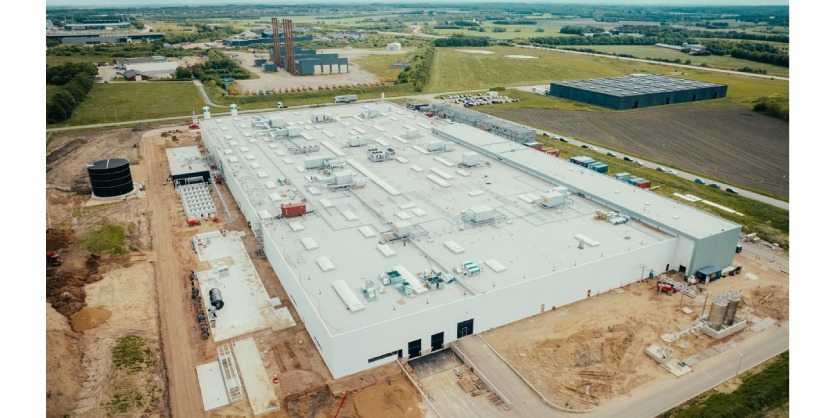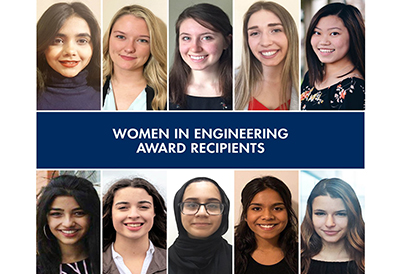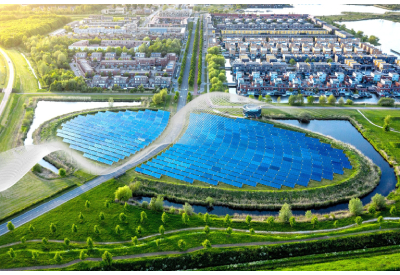Topsoe, ABB and Fluor Form Alliance to Develop Standardized Concept for SOEC Electrolyzer Factory
June 25, 2024

Alliance to design a standardized concept for building Topsoe’s next Solid Oxide Electrolysis Cells (SOEC) factory.
- The new alliance will build Topsoe’s Solid Oxide Electrolysis Cells (SOEC) factory in Virginia, US – subject to Final Investment Decision – based on a standardized approach
- The factory will provide state-of-the-art electrolyzers for effective production of green hydrogen
- Green hydrogen and its derivatives such as green ammonia and eMethanol can be applied as e-fuels or chemicals, which are key to decarbonize energy-intensive industries and long-distance transport
Topsoe, a global leader in carbon emission reduction technologies, ABB, a technology leader in electrification and automation, and Fluor, a leader in engineering, procurement and construction services, have formed an alliance to design a standardized concept for building Topsoe’s next Solid Oxide Electrolysis Cells (SOEC) factory.
The aim is to continuously develop processes to reduce costs, enhance safety, and secure an efficient project execution via a standardized approach.
Momentum for green hydrogen projects is growing and production levels can potentially increase substantially by 2030 if all announced projects are realized. According to the International Energy Agency’s (IEA) Global Hydrogen Review 20231, the annual production of hydrogen may reach 38 million tonnes per year in 2030, with almost 75 percent coming from electrolyzers running on renewable energy.
Topsoe is currently building its first SOEC factory in Herning, Denmark, which is expected to be in operation by late 2024. Building on the Herning factory project experience, the alliance will have the capabilities and know how to build the next factory more efficiently and through a standardized concept.
The next factory will – subject to Final Investment Decision – be built in Chesterfield, Virginia, and is expected to be operational by 2028.
Kim Hedegaard, CEO Power-to-X at Topsoe, said:
“We’re committed to take a leading role in driving the energy transition forward. E-fuels are an important part of the equation to reach global net zero in 2050, and we need to scale electrolyzer capacity and production of e-fuels at a higher pace than is happening today. Our SOEC solutions for production of green hydrogen can deliver a substantial contribution to the e-fuels economy and with the alliance we can build our next SOEC factory more efficient and faster.”
Brandon Spencer, President of ABB Energy Industries, said:
“Progressing the energy transition at any acceptable pace and scale will require collaboration and balance between existing and new technologies, driven by formal partnerships that span the entire energy value chain. By joining forces with Topsoe and Fluor and delivering our automation and electrical expertise as part of this alliance, we can support the scaling of technology to enable society’s efforts to move towards a net-zero future.”
Richard Meserole, President of Fluor’s Advanced Technologies & Life Sciences business, said:
“Fluor is proud to be part of this collaboration supporting the state-of-the-art production of electrolyzers for green hydrogen as part of the global energy transition. Fluor looks forward to continuing to help our clients and partners achieve their decarbonization goals.”
About SOEC
Topsoe’s SOEC electrolysis technology is a modular design that operates at significantly higher temperatures compared to other electrolyzer technologies – a tested and proven process that enables industrial-scale production of green hydrogen using renewable electricity. When coupled with waste heat from downstream production (from processes producing ammonia, methanol or steel production), Topsoe’s SOEC technology will produce more hydrogen per total power input when compared to conventional electrolyzer technologies. It further allows for the lowest levelized hydrogen cost per megawatt volume, no matter the industry.
Topsoe is a leading global provider of technology and solutions for the energy transition. We combat climate change by helping our customers and partners achieve their decarbonization and emission reduction goals. Based on decades of scientific research and innovation, we offer world-leading solutions for transforming renewable resources into fuels and chemicals for a sustainable world, and for efficient and low-carbon fuel production and clean air. We were founded in 1940 and are headquartered in Denmark, with over 2,800 employees serving customers all around the globe. To learn more, visit www.topsoe.com.
ABB is a technology leader in electrification and automation, enabling a more sustainable and resource-efficient future. The company’s solutions connect engineering know-how and software to optimize how things are manufactured, moved, powered and operated. Building on over 140 years of excellence, ABB’s more than 105,000 employees are committed to driving innovations that accelerate industrial transformation. www.abb.com
Fluor is building a better world by applying world-class expertise to solve its clients’ greatest challenges. Fluor’s nearly 34,000 employees provide professional and technical solutions that deliver safe, well-executed, capital-efficient projects to clients around the world. Fluor had revenue of $15.5 billion in 2023 and is ranked 265 among the Fortune 500 companies. With headquarters in Irving, Texas, Fluor has provided engineering, procurement and construction services for more than a century. For more information, visit Fluor.com or follow Fluor on Facebook, LinkedIn, X and YouTube.
1 https://www.iea.org/reports/global-hydrogen-review-2023/executive-summary
Related Story
ABB Prioritizes Industrial Operator Wellbeing by Delivering Ambient Workspace Solution
ABB has launched its Operator Wellbeing Service (OWS), a digital solution that focuses on delivering optimal industrial control room worker environments and conditions. Despite being mission critical for much of the world’s energy infrastructures and industries, the ambience of control rooms is often overlooked with many facilities outdated or not suitable for keeping operators alert at all times.





